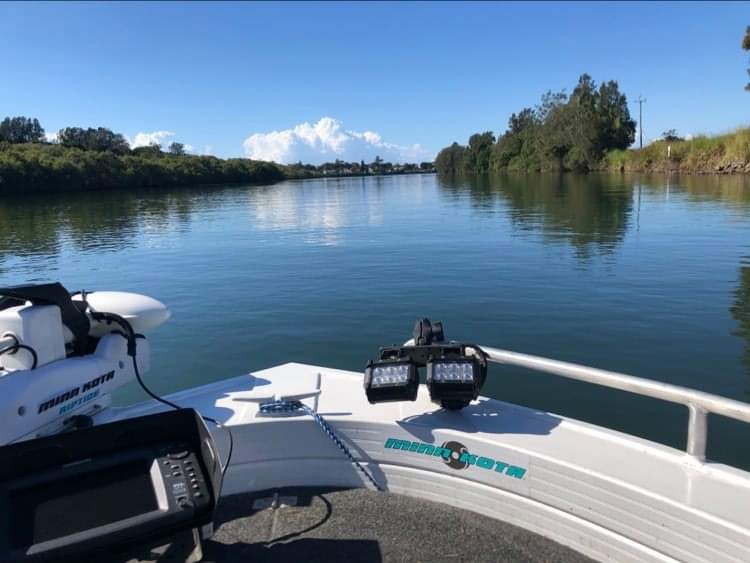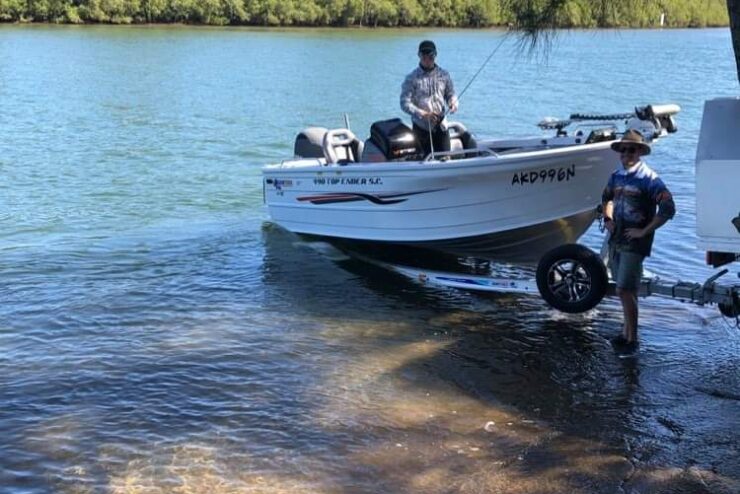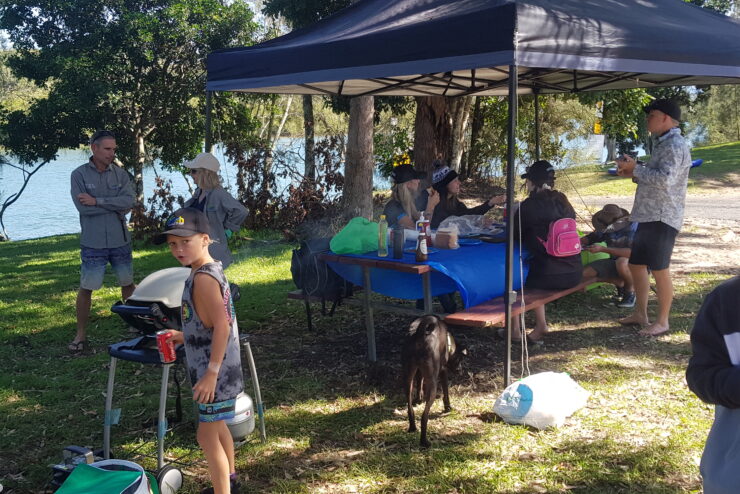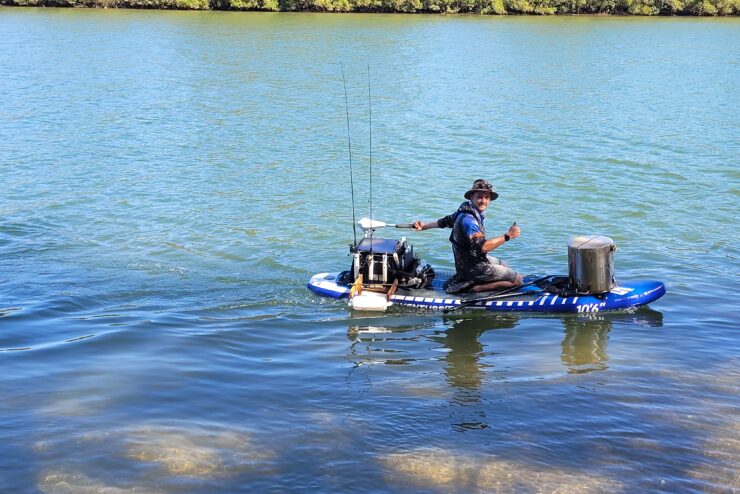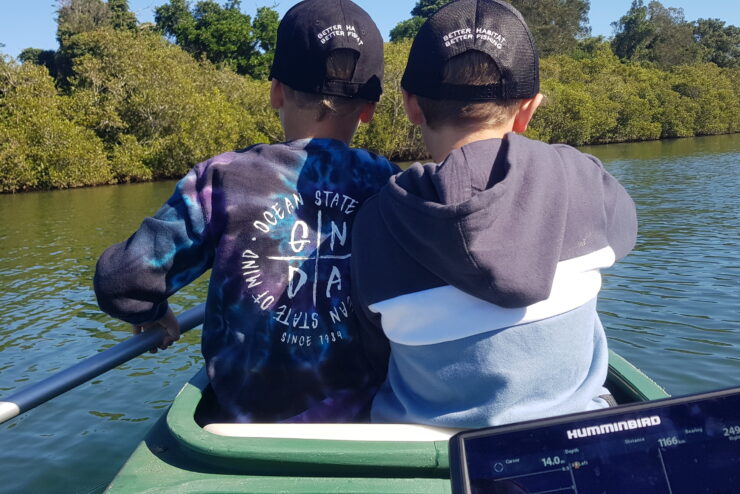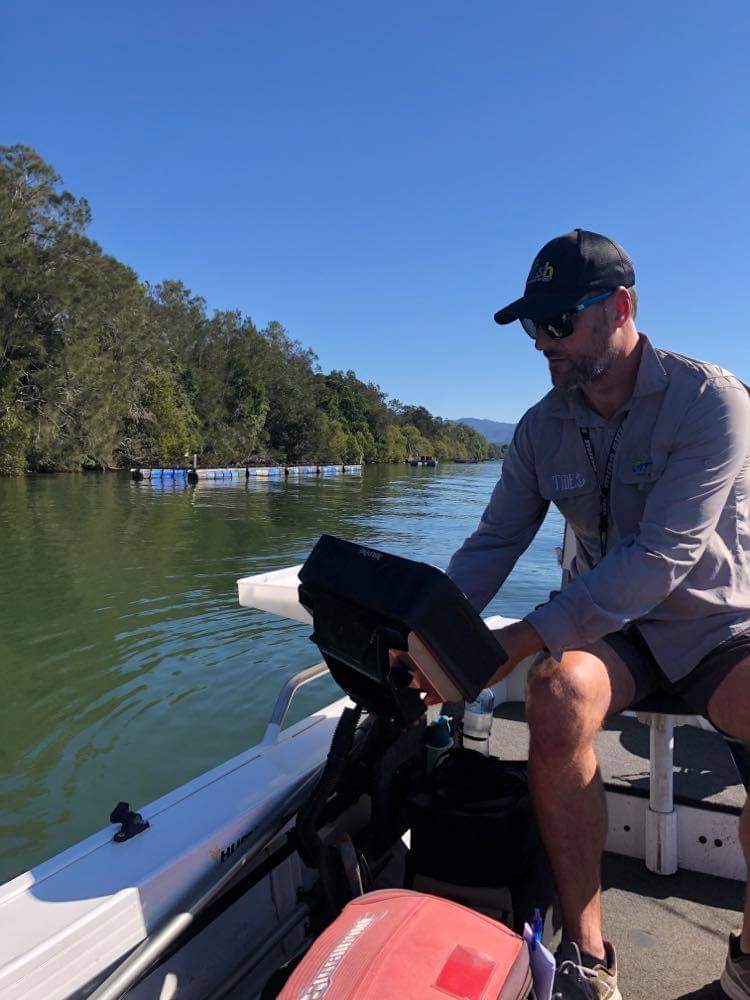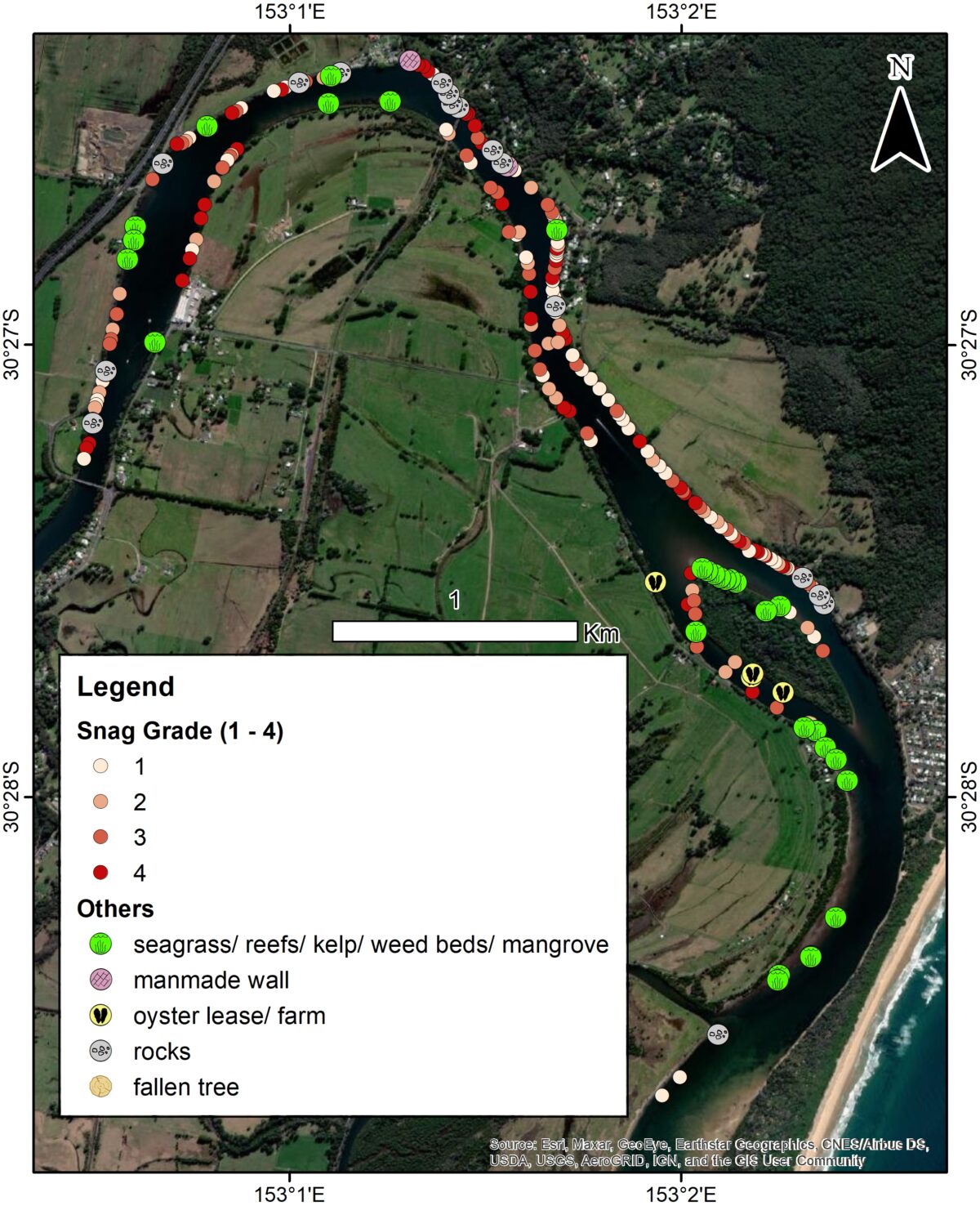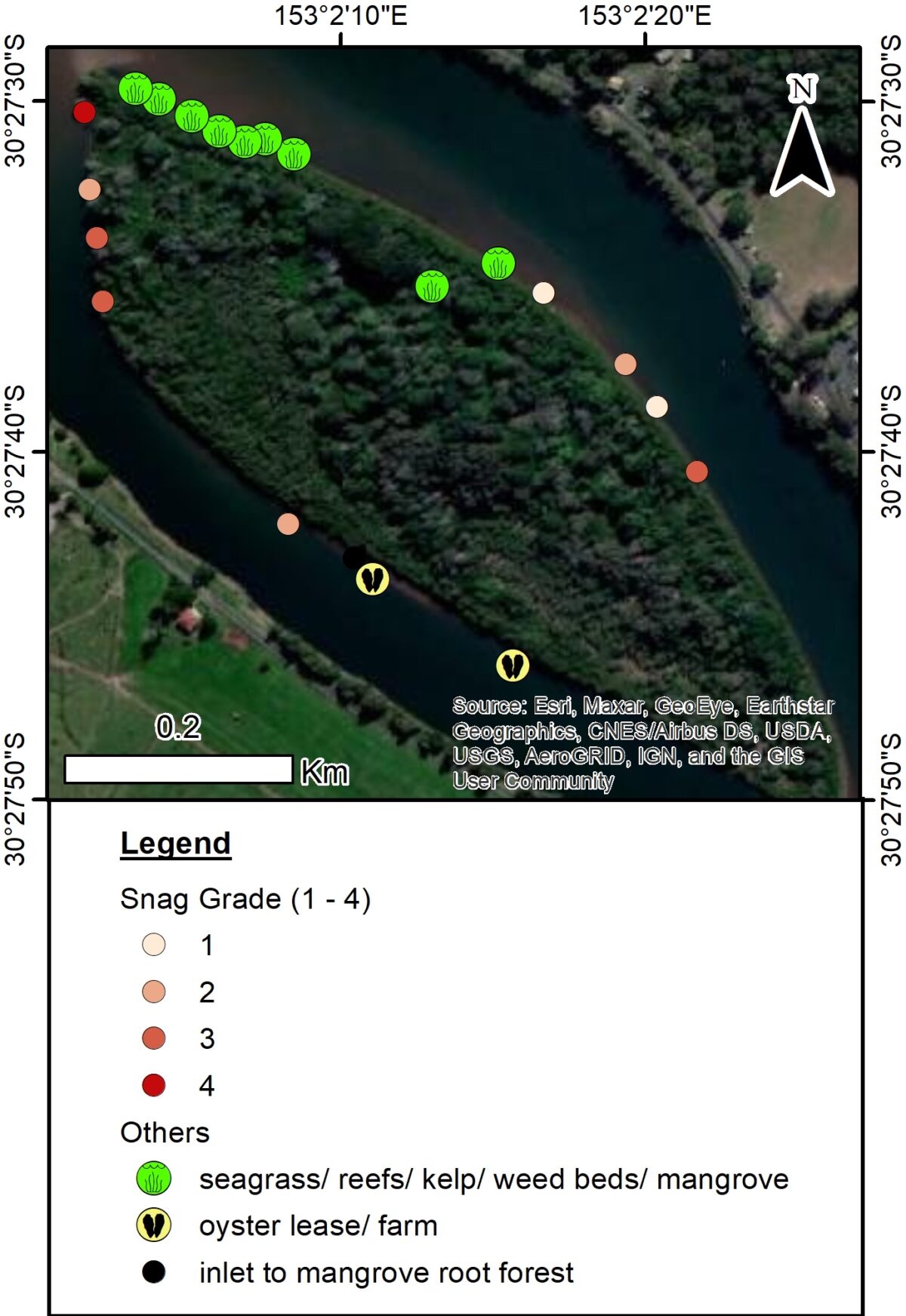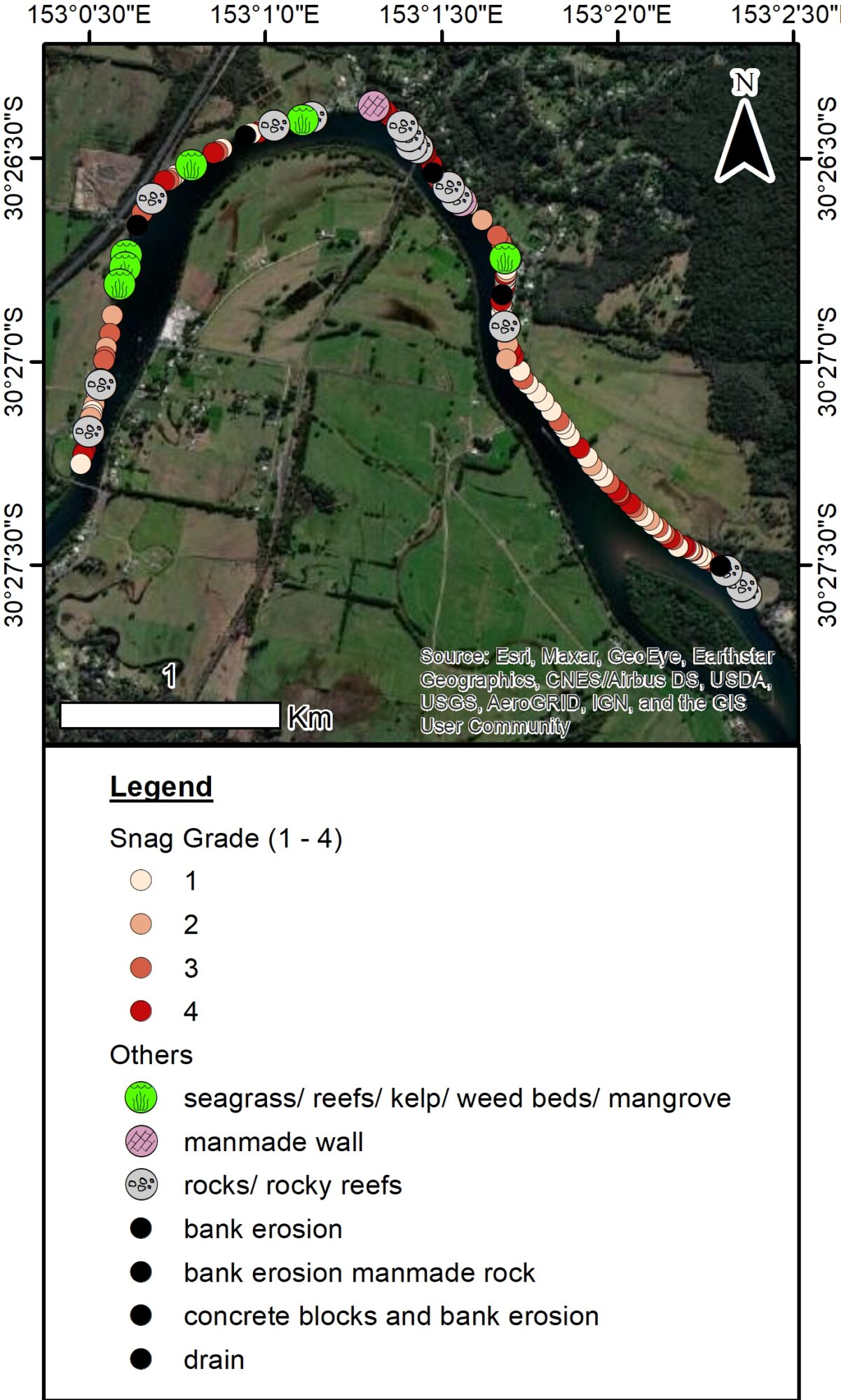The Bellinger River
Located along with the farms of Raleigh and the township on one side, and the little seaside town of Mylstrom on the other, we have the Bellinger River.
The Bellinger River is a major landmark for Coffs harbour, as the system moves through Thora, Bellingen, Fernmount, Raleigh, Mysetrom and Urunga. Depending on the characteristics of the river, it sets the landscape and character of the towns it moves through.
The proximity of the Bellinger to Myllestrom invaluable asset to local residents, who can enjoy surfing and offshore fishing off North Beach on one side of the town and the swimming pool and pontoon to catch a bream on the other, The chair overlooking the river has become a major meeting place for people as they set up to go fishing, kayaking, wakeboarding and watching the dolphins and birds that call this system home.
The fishing on the Bellinger
The lower sections of the Bellinger, where Chapter have started mapping, is where we can focus this conversation.
These fishing spots holds quite a lot of sentiment because any locals have caught their first bream off the shark pool. further up towards the mouth the chances of getting flathead and tailor increase considerably.
The older recreational fisherman often brags about times when they would catch eight decent-sized tailors in one session with very ordinary gear and the sad thing is they are not lying.
There is a range of reasons the fishing is not what it used to be in the Bellinger, but a fair one would be the lack of shelter for fish and the overall resilience of the river to carry fish during major flood events.
Where there is a lack of riparian habitat, the river often swells beyond the banks where mature trees fall in and take half the bank down with them,, causing massive bank stabilization issues.
Every fish needs a place to hide from predators, whether it be a big fish, medium fish or juvenile, all need a cryptic space for each of them to hide from predators, rest from the tide and bunker in when the is a major flood event.
The complex structure is essential (graded 4 in our table below) for smaller fish to hide from the bigger fish, as well as this we need smaller the gaps between habitat structures, such as seagrass beds and snags, the better the chances of juveniles surviving to adulthood – to be deemed a decent catch.
Mapping
To assess the state of fish habitat along the Bellinger, OzFish volunteers have sectioned off parts of the river and conducted a habitat mapping project to best determine their first project.
The aim is simple, where there are gaps in the habitat in the system, the Chapter plans to fill these gaps to ensure that fish recruitment up and downstream of the river operates at full capacity.
The mapping was undertaken from a range of SUP, canoes and boats fitted with fish finders which. volunteers mapped and assessed the complexity of the existing habitat structures.
Pictured below is an overview of how the structure of snags is graded. The results showed that there were fewer numbers of more complex graded structures compared to simple graded structures in the Bellinger.
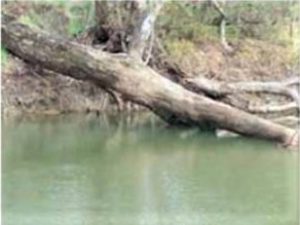
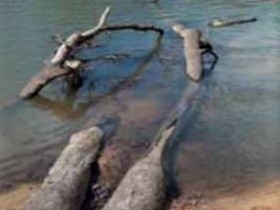


Outcome
The first event held has a rocky start, being postponed twice due to summer floods during the La Nina period experienced this year however once boats were launched off the ramps we received a huge amount of data and opportunities to explore at was out there,
The Chapter still requires help in mapping sections of the river further upstream to get the whole picture and plan projects based on resources available and level of priority from a fish population perspective,
The good news is, habitat mapping, with the right tools which every avid recreational fisher has onboard his boat, we should be able to map the Bellinger right up to the township.
We welcome all fishers in the local area to join us in mapping sections 2 and 3 further up stream in the 2nd half of 2021.

